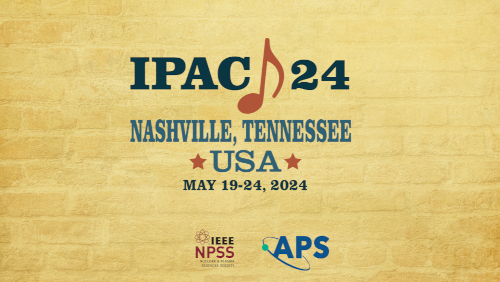Speaker
Description
Niobium Superconducting RF (SRF) cavities have a theoretical peak magnetic field which limits the accelerating field to 50-60 MV/m. Presently, all SRF cavities operate in a Standing Wave (SW) resonance field in which particles experience an accelerating force alternating from zero to peak. In contrast, a resonance field in Traveling Wave (TW) mode propagates along with a structure, so particles in such field can experience a constant acceleration force and could have higher energy gain than that of SW mode. This phenomenon is defined by the cavity’s transit time factor, T. A TW structure proposed in an early study achieves T ~0.9, suggesting an increase in acceleration per structure by more than 20% compared to a SW structure (T ~0.7). The early stages of developments had been funded by several SBIR grants to Euclid Techlabs and completed in collaboration with Fermilab through a 1-cell prototype and a proof-of-principle 3-cell TW cavity. It demonstrated the TW resonance excitation at room temperature in the “as-fabricated” 3-cell structure. Here we report recent progresses and the first cryogenic testing of the 3-cell TW cavity in 2 K liquid helium at Fermilab.
| Region represented | North America |
|---|

